Let's say you’re already adhering to ITIL standards and an ITIL maintenance plan. That's excellent. But as we know, improvement is a “forever” process, an ongoing, continuous, ever-present quest for betterment. With that in mind, we think it’s a good idea to check out these 5 ITIL standards and best practices for service desks.
If you want to follow an ITIL Service Management strategy, you need to go one step at a time. We laid out our expert insights to guide you through this process and help you:
- Optimize your service delivery processes
- Enhance customer satisfaction
- Streamline IT support workflows
And, most importantly, drive continuous improvement across your Service Management ecosystem!
Let's get started.

Why ITIL best practices matter for service desks
If you’re an IT professional, you’ve probably heard “but is it ITIL-aligned, though?” enough to have recurring nightmares. Or perhaps you’re newer to the game and need a bit of a refresher course to get things started.
A service desk is often the first line of interaction between users and IT. It’s more than just a place to log and resolve tickets—it’s a hub for managing incidents, addressing user concerns, and maintaining service quality. ITIL best practices provide a framework to ensure this process runs smoothly, enabling:
- Faster resolution times.
- Reduced downtime for users.
- Proactive Problem Management.
- Consistent service delivery.
ITIL’s structured approach allows your service desk solution to evolve from reactive support centers to strategic assets for the business. Now that we covered this, we can get started with the ITIL best practices for service desks.

5 Service Management must-haves
You might already have a solid ITIL maintenance plan in place, but in the world of IT support, standing still is the same as moving backward. We're here to help you. These are some must-haves and critical actions to transform your service desk from merely functional to exceptionally strategic.
1. Self-service is a must, not a bonus
Sometimes we just think that having a service desk running gives us a license to call it a day. But, if you want to keep the level of service requests down — and customer satisfaction up — you also need to give your customers self-service options.
Why? Because when you give your clients the chance to painlessly solve their own issues, the benefits are twofold. For one, their satisfaction goes up because they didn’t have to go through a lengthy interaction with your service desk. And two, it frees up the time of your IT professionals, allowing them to work on higher-level tickets.
But, of course, this is not something that can happen without a serious knowledge base. And it’s not something you create just for your client base, but also for your IT staff. The more stacked your internal knowledge base, the higher the chances previous solutions can be leveraged by everyone for faster, more efficient response times when issues crop up again.
How to create and maintain a knowledge base:
- Start with common issues. Document step-by-step solutions for frequently asked questions like password resets or connectivity problems.
- Keep content up-to-date. Regularly review and update articles to ensure accuracy.
- Make it accessible. Use a self-service portal that’s easy to search and navigate.
But not all platforms offer the ability to make clear step-by-step guides, or uncomplicated ways to store, find, and access information. Your chosen service desk solution should be something like InvGate Service Management. Plus, the AI-based solutions and easy-access portal make accessing your knowledge base easy for everyone who may need

2. Similar incidents belong together
Incidents are inevitable, but managing them well makes a huge difference in user satisfaction and operational efficiency. A structured Incident Management process ensures interruptions are addressed quickly and consistently.
Steps to improve Incident Management:
- Identify and categorize incidents. Use clear categories that reflect the nature and urgency of issues.
- Prioritize based on impact and urgency. This ensures critical incidents are addressed first.
- Resolve and document. Track the steps taken to fix each issue, creating a reference for similar incidents in the future.
- Communicate with users. Keep them informed at every stage to manage expectations and build trust.
It’s rather common for people to experience similar issues down the road, or iterations of the same. That’s pretty much a standard of Service Management. And one thing you can do to bring resolution times down is to group similar incidents together. It’s, simply put, a matter of efficiency and making a smart use of resources.
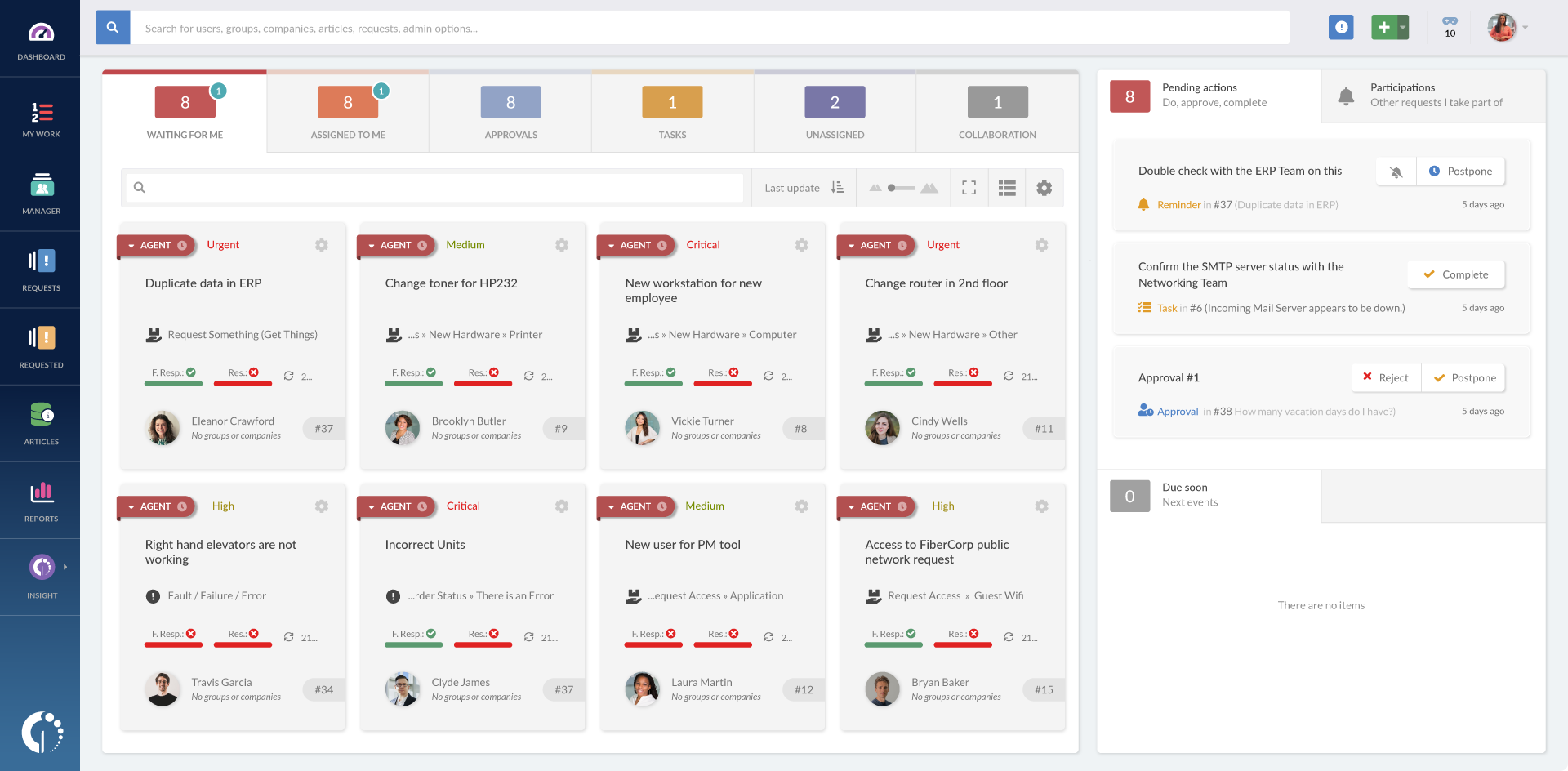 Grouping similar incidents can help you identify recurring issues and apply consistent solutions. If multiple users report email outages, analysing the root cause can prevent future disruptions instead of repeatedly solving isolated cases.
Grouping similar incidents can help you identify recurring issues and apply consistent solutions. If multiple users report email outages, analysing the root cause can prevent future disruptions instead of repeatedly solving isolated cases.
If the incidents have a similar root cause, just one technician can troubleshoot it and provide solutions instead of a multitude of IT pros scrambling around for answers. It saves up on human resources, and also on time and money.
How to implement this effectively:
- Use clear, consistent categories for incidents.
- Leverage automation tools to identify patterns in incident data.
- Document solutions and link them to incident categories for faster resolution.
Of course, documentation is an extension of the Knowledge Management strategy we mentioned before. If agents document their resolutions, especially for repeated or common tickets, all their experience doesn’t go to waste and actually helps out in the future.
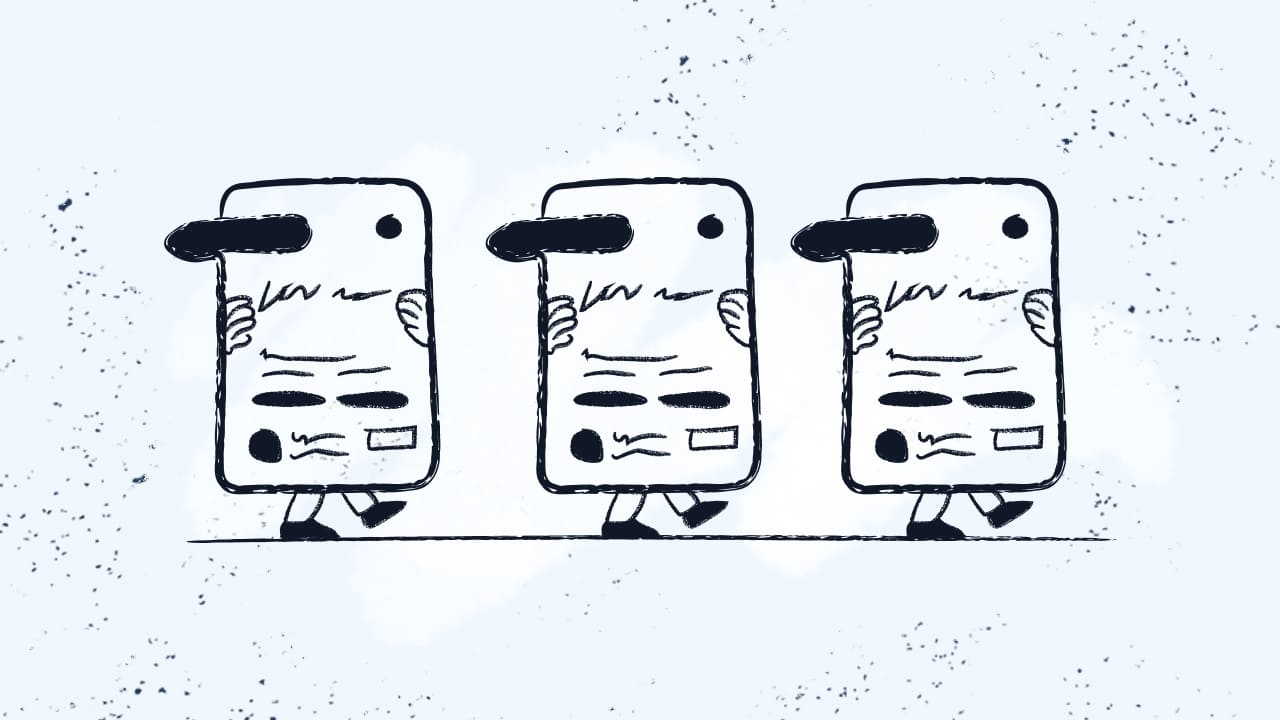
3. Be proactive, don't just put away fires
In the world of IT Service Management, reactive support is a thing of the past. The goal is simple: stop problems before they even think about happening.
Proactive support is half the battle won, as you probably know already. But this also means that you’ll have to prevent as many support tickets from happening as possible. Yeah, we know that ain't exactly easy.
This means taking a holistic approach that connects your entire IT landscape. Start by getting brutally honest about your network's current state. Map out every single asset—authorized or not. The pesky Shadow IT and those rogue assets? They're ticking time bombs in your IT infrastructure.
The good thing is that, as we've seen before, your Service Desk Software should give you the analytics to see beyond individual issues and understand the broader patterns affecting your IT ecosystem.
Steps to implement proactive Problem Management:
- Analyze incident trends using historical data.
- Conduct root cause analyses for recurring issues.
- Implement permanent fixes or mitigation strategies.
There are more things you can do, such as conducting regular audits of your IT assets to ensure all devices are accounted for and properly managed. And, of course, having a robust cybersecurity program and Asset Management strategy.
You can use automation in your service desk to streamline processes. It can help identify trends, flag potential issues, and even resolve common problems without manual intervention.
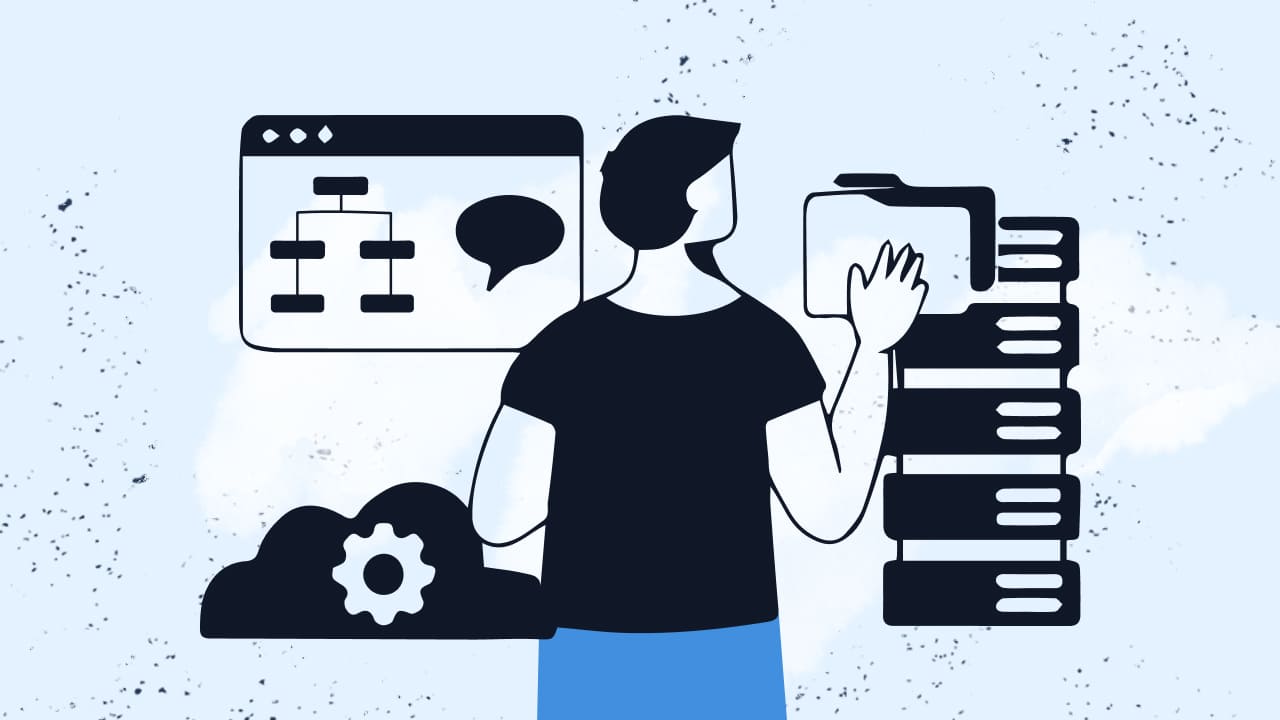
4. Data collection leads to improvement
You can’t tell whether your support team is doing well or not if you don’t have well defined help desk metrics. That means you need ways to define performance and start collecting information that can give you an accurate picture of what’s going on, both in the positive and negative senses.
Some KPIs to look out for are:
- Average ticket resolution time
- First-contact response time
- Customer retention rate
- Overall customer satisfaction (CSAT)
While KPIs help you measure performance, Service Level Agreements (SLAs) set the standards for that performance. SLAs are not KPIs but rather agreed-upon benchmarks that define the expected level of service. They ensure that both your team and your customers are on the same page regarding response times, resolution times, and service availability
Whenever possible, use the same metrics for both KPIs and SLAs. For example, if your SLA specifies a response time of 2 hours, use the same metric to track your KPI for first-contact response time.
Data visualization tools to present performance data in an easily understandable format. Dashboards, charts, and graphs can help quickly identify trends and areas for improvement. For this, you can use InvGate Service Management's dashboards and reports!
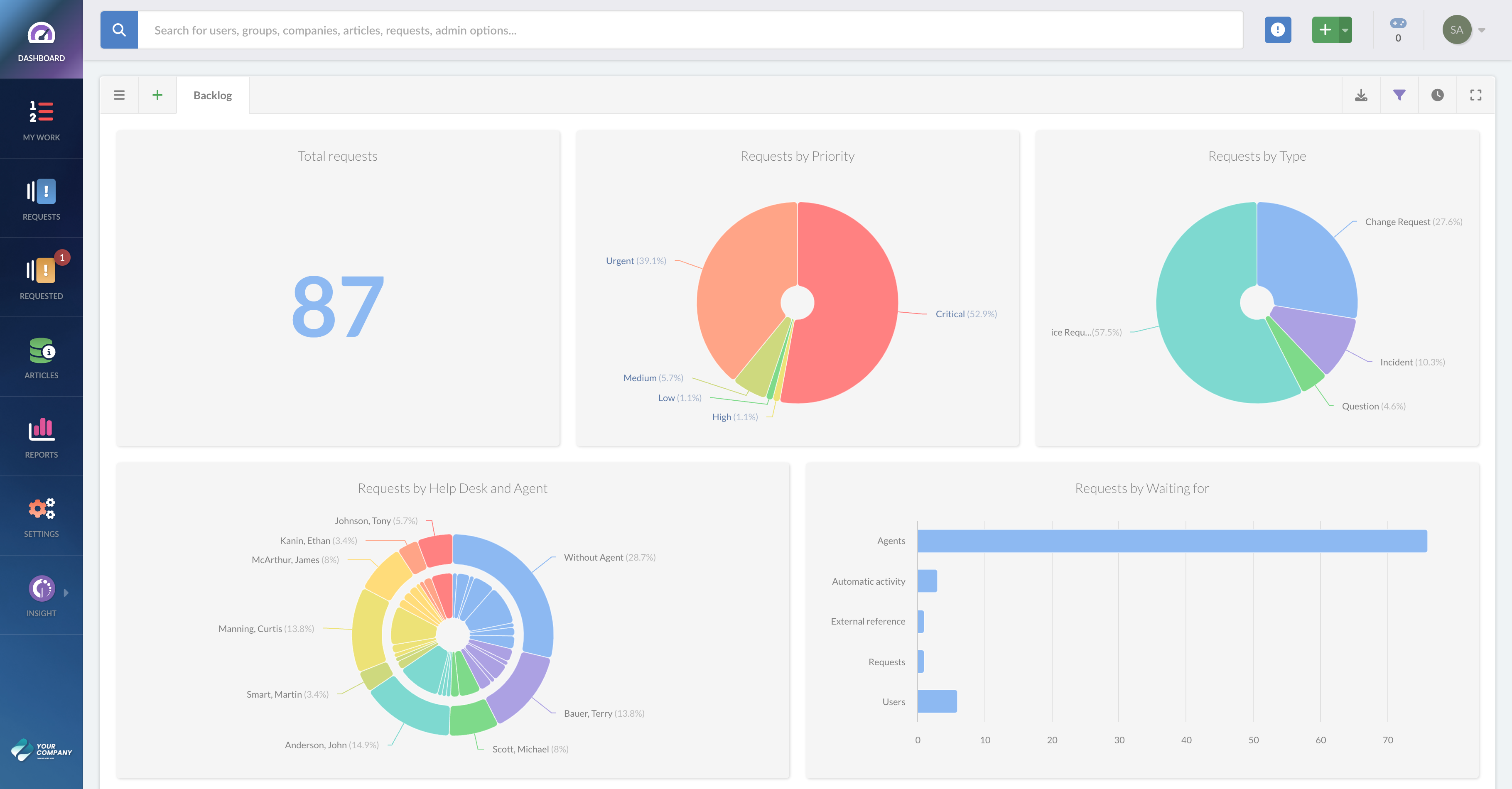
5. Make ticket progress easy to track
You’d be surprised at how much time and resources are wasted because of poor ticket progress tracking. Notifications need to be in place to let everyone know how each case is going. And, as a part of Service Request Management, you’re going to have to be on the ball here.
This means that support tickets should have clear and identifiable notifications to let everyone know the status of the ticket. Moreover, it should be easy to tell whether a case needs additional information or not.
To improve ticket progress tracking, look for the following features in your service desk software:
- Clear status indicators: Make it easy to see the current status of each ticket, whether it's open, in progress, or awaiting information.
- Escalation alerts: Automatically notify higher-level support when tickets aren't addressed within a specified timeframe.
- Information requests: Easily identify and request additional information from users to keep the resolution process moving.
- Dashboard views: Use a comprehensive dashboard to overview all open tickets, their statuses, and any pending actions.
- Historical data: Maintain a record of all ticket interactions for context and process improvement.

Service desk roles and responsibilities
An effective service desk isn’t just about handling tickets—it’s the backbone of IT service delivery. A well-structured service desk supports users efficiently, minimizes downtime, and ensures smooth operations. To make that happen, clearly defining roles and responsibilities is essential.
Key roles in a service desk include:
- Service desk agents who handle incoming tickets, resolve issues, and provide updates to users.
- Incident managers responsible for overseeing escalations and ensuring timely resolutions.
- Problem managers who focus on recurring issues and finding long-term solutions.
- Knowledge managers who maintain a comprehensive knowledge base to empower users and agents alike.
Training employees in these roles helps ensure consistent service delivery. For instance, a 24/7 service desk requires agents who can manage high-pressure situations while maintaining professionalism. Regular training on ITIL principles equips them to address a wide range of technical and user-specific challenges effectively.
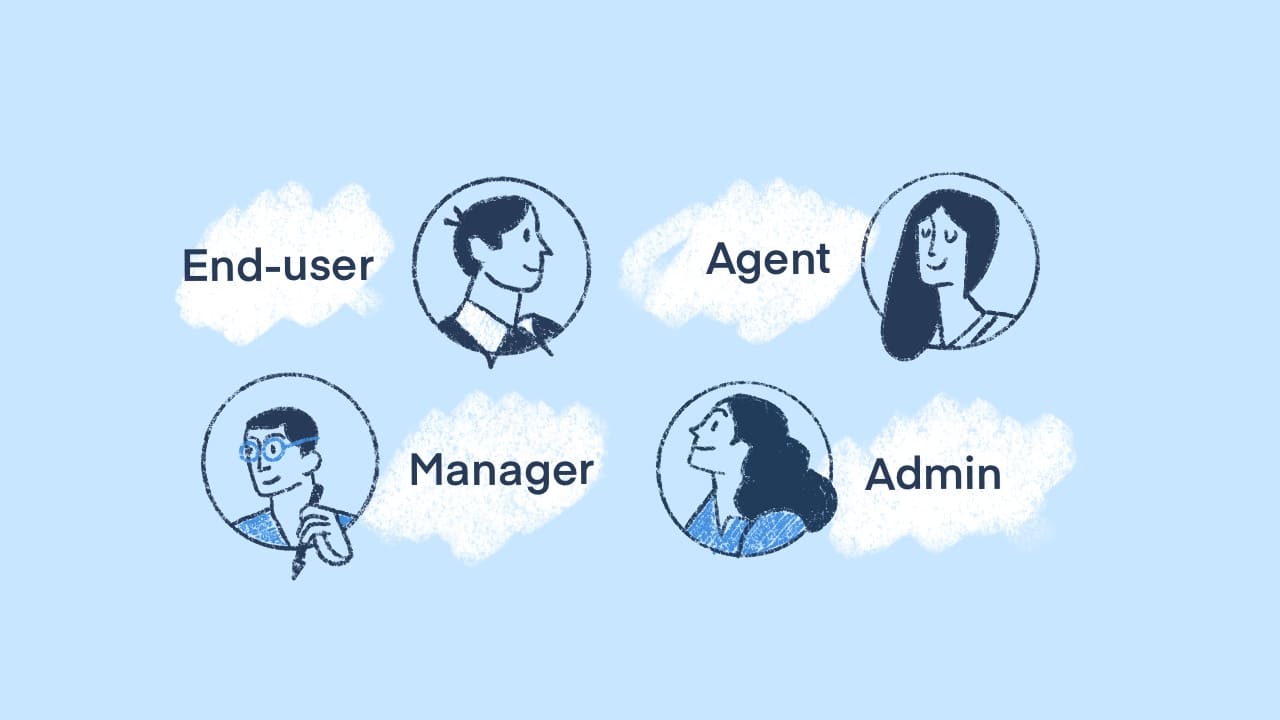
What about Change Management?
We have great news: all the efforts you put into structuring your service desk — incident tracking, defining roles, building a knowledge base, etc. — will directly contribute to your ability to assess risks and plan changes. Once you understand how your services are interrelated, making adjustments becomes more straightforward and less disruptive.
A well-organized service desk plays a key role in Change Management processes. It provides the structure to coordinate changes, the transparency to assess their impact, and the communication channels to keep everyone informed. Without these elements, changes can quickly lead to confusion and inefficiencies.
For example, consider rolling out a new software update. Your service desk can track user feedback, address incidents caused by the update, and ensure teams follow the same deployment process.
Bottom line
ITIL standards and best practices for service desks evolve along with the industry. As ITIL itself, nothing is set in stone. And even if you’re following overall guidelines to the letter, it’s always a good idea to keep an eye on the small print.
As they say “the Devil is in the details.” While big-picture functionality may seem like it’s A-OK, it’s the little things that can make the whole thing come crashing down. You need to keep taking a microscope to every part of your service desk to make it as good as it can be.












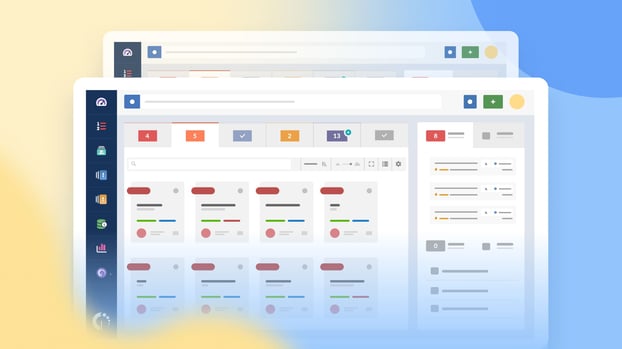

.jpg?upsize=true&upscale=true&width=780&height=205&name=ITIL%20Foundation%20Exam%20(2).jpg)
